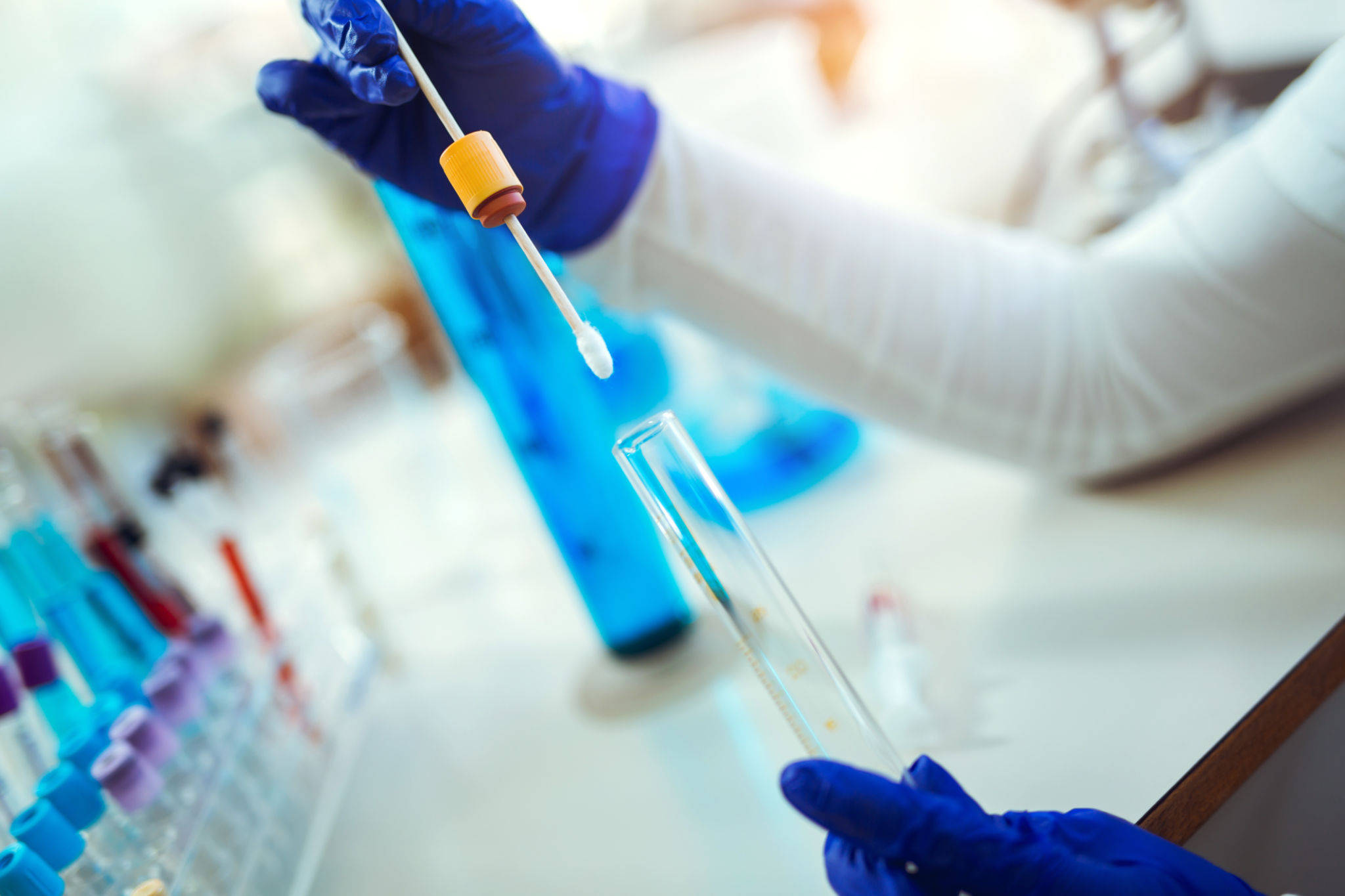Immigration DNA Testing: Ensuring Accurate Identity Credentials
In today's globalized world, accurate identity verification is more crucial than ever, especially in immigration processes. Immigration DNA testing has emerged as a reliable method to establish biological relationships, ensuring that individuals are who they claim to be for visa applications and family reunification.

Understanding Immigration DNA Testing
Immigration DNA testing involves analyzing genetic material to confirm familial relationships. This method is often used by immigration authorities to verify claims of kinship when other documentation is insufficient or unavailable. By comparing DNA samples from family members, this testing provides a robust confirmation of biological connections.
The process typically involves collecting cheek swabs from the applicant and the claimed relatives. These samples are then analyzed in a laboratory to assess genetic markers that indicate shared ancestry. This scientific approach reduces the likelihood of fraudulent claims and helps streamline immigration processes.

Why Accuracy Matters
Accuracy in identity verification is vital for maintaining the integrity of immigration systems. Inaccurate identity credentials can lead to wrongful visa approvals or denials, affecting the lives of individuals and families. By utilizing DNA testing, authorities can ensure a higher level of precision in decision-making.
Moreover, accurate identity verification helps prevent illegal immigration and human trafficking. It also ensures that resources are allocated to those who genuinely qualify for immigration benefits, promoting fairness and transparency in the system.

The Process of Immigration DNA Testing
The process begins with a request from an immigration authority or an applicant needing to establish a biological relationship. Once requested, the individuals involved must provide consent for the DNA collection. Samples are typically collected by accredited professionals to maintain the integrity of the process.
- Collection of DNA samples using cheek swabs.
- Submission of samples to an accredited laboratory for analysis.
- Comparison of genetic markers to confirm biological relationships.
- Delivery of results to the requesting immigration authority.
Choosing a Reliable Testing Partner
It is essential to choose a reliable and accredited laboratory for DNA testing. Accreditation ensures that the laboratory follows stringent quality controls and produces accurate results. Many countries have specific guidelines governing which laboratories can perform immigration DNA tests, so it's crucial to adhere to these regulations.
When selecting a testing partner, consider their track record in handling immigration cases and their compliance with international standards. A reputable lab will provide clear communication throughout the process and maintain confidentiality at all stages.

Conclusion
Immigration DNA testing is a valuable tool in modern immigration systems, providing a scientific method to verify identity credentials with high accuracy. By ensuring that individuals are who they claim to be, this testing supports fair and transparent immigration processes.
As global mobility continues to increase, the role of DNA testing in immigration is likely to grow. Individuals seeking family reunification or visa approval can rely on this method as an assurance of their identity, contributing to more efficient and just outcomes in immigration proceedings.